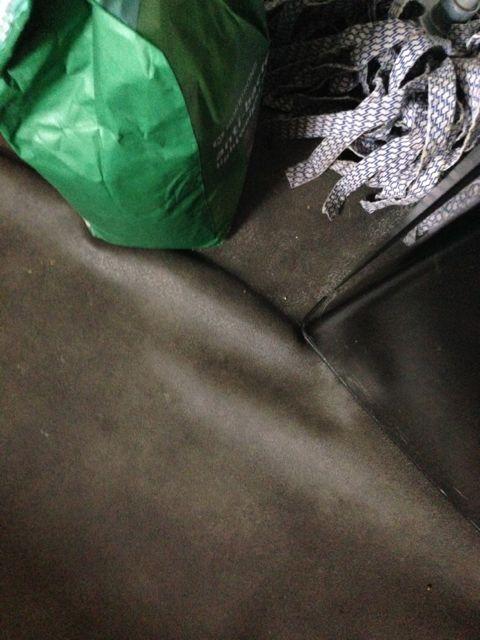About 2 years ago our kitchen flooded. Insurance company came out with a dehumidifier and ran that for a very long time. The guy came out to check our house was dry and said "Its an old house. These things are never perfectly dry so I can't give you a dry certificate. It's close enough though." So we had them fit a new vinyl floor in the kitchen.
Since then it's bubbled. They came out, tested and said "You've got a damp problem." Tested various points in the kitchen with a device and it showed damp. They said it was a pre-existing problem so it absolved them of repairing the bubbling floor.
They believed it was due to the flags in the yard, laid by the previous owner, having been placed at internal floor level. So the DPC became useless. We've now got a 2 brick deep trench around the kitchen. It's been there for about 10 months.
How do we know if the damp issue has resolved itself? How do we know if the previous owner properly did the DPC? They did it after the flags so whoever installed it didn't leave a 2 brick gap between the flags and DPC. I've been told I should redo the DPC as its been breached/failed. I just don't want to waste time and money on something to find out that its just a badly designed kitchen that traps moisture.
Since then it's bubbled. They came out, tested and said "You've got a damp problem." Tested various points in the kitchen with a device and it showed damp. They said it was a pre-existing problem so it absolved them of repairing the bubbling floor.
They believed it was due to the flags in the yard, laid by the previous owner, having been placed at internal floor level. So the DPC became useless. We've now got a 2 brick deep trench around the kitchen. It's been there for about 10 months.
How do we know if the damp issue has resolved itself? How do we know if the previous owner properly did the DPC? They did it after the flags so whoever installed it didn't leave a 2 brick gap between the flags and DPC. I've been told I should redo the DPC as its been breached/failed. I just don't want to waste time and money on something to find out that its just a badly designed kitchen that traps moisture.


